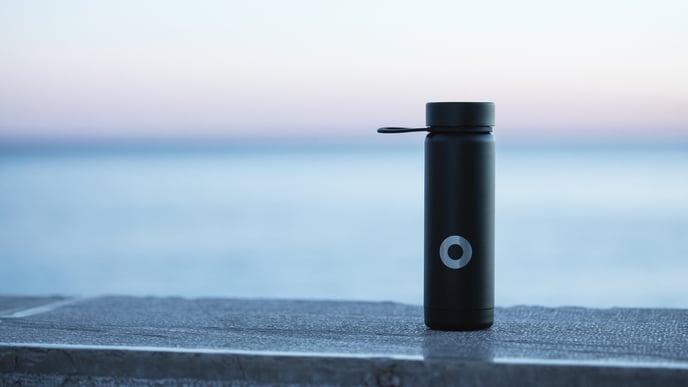Microplastics
Microplastics are small plastic pieces less than five millimeters long which can be harmful to our ocean and aquatic life.
What is microplastics?
Plastic is the most prevalent type of marine debris found in our ocean and Great Lakes. Plastic debris can come in all shapes and sizes, but those that are less than five millimeters in length (or about the size of a sesame seed) are called “microplastics.”
Microplastics come from a variety of sources, including from larger plastic debris that degrades into smaller and smaller pieces. In addition, microbeads, a type of microplastic, are very tiny pieces of manufactured polyethylene plastic that are added as exfoliants to health and beauty products, such as some cleansers and toothpastes. These tiny particles easily pass through water filtration systems and end up in the ocean, posing a potential threat to aquatic life.
How do I know I have microplastics in my water?
Unfortunately, most water sources are already contaminated with microplastics. Both municipal water and bottled water. From surveys of microplastics in the air, water, salt and seafood, children and adults might ingest anywhere from dozens to more than 100,000 microplastic specks each day, Albert Koelmans, an environmental scientist at Wageningen University in the Netherlands, reports. He and his colleagues think that in the worst cases, people might be ingesting around the mass of a credit card’s worth of microplastic a year.
Is it dangerous to drink water with microplastics in it?
The long-term implications for human health of ingesting microplastics and the chemicals in them remains something of a black hole due to lack of dedicated research. But in late March 2022, researchers at Vrije Universiteit Amsterdam, reported finding microplastics in the blood samples of 22 anonymous donors. Three-quarters of the test subjects appeared to have plastics in their blood with the most common type of plastic found being polyethylene terephthalate (PET), which is used to make water bottles. And, in a separate study, scientists at the San Giovanni Calibita Fatebenefratelli Hospital, in Italy, discovered microplastics in the placenta of unborn babies.
Bluewater machines remove 99,99% of microplastics in your water.
Do Bluewater machines remove microplastics?
Yes, Bluewater machines remove 99,99 % of microplastics. This has been verified by the independent worldwide bio-analytical testing group Eurofins whose shown that our purifiers can remove up to 99.99% of both microplastic particles and PFAS chemical pollutants from contaminated drinking water. The Bluewater microplastic study involved heavily contaminating drinking water with four common microplastic particles (PE, PP, PS, and PVC) prior to feeding it into an under-sink Bluewater Pro purifier.
